It was a lovely sunny day. I packed my gear and headed towards Nara Park. I didn’t have anything specific planned, just wanted to go over there and relax among the lovely deer herds.
Once I reached the Deer Park, I bought some senbei for the deer. I was just wandering about when I noticed the alluring green meadows of Mt. Wakakusa, just east of Todai-ji. I find hiking to be one of the most relaxing and rewarding activities. So I set off along the path up the beautiful hill.
Mt. Wakakusayama is also known as Mikasayama or Mount Mikasa. It’s real claim to fame is being set on fire on the fourth Saturday every January during Wakakusayama-yaki, also known as the Grass Burning Festival, to commemorate a historical battle among monks of Todai-ji and Kofuku-ji.
Myths surrounding Wakakusayama
According to local folklore that goes that many centuries ago, sometime during 1760, the monks of two of Nara’s most powerful Buddhist temples, were locked in a conflict regarding their boundaries. The conflict grew into a big fight and Mt. Wakakusayama ended up being torched.
In remembrance of that horrid day, even today a torch is lit with sacred fire at the Kasuga Taisha shrine, and carried by monks in a procession to the foot of Wakakusayama, where the hill is set on fire. It usually burns for around 30 minutes before a show of fireworks lights up the sky.
Contradicting with the above, there is another story that is connected with the keyhole-shaped tomb called Uguisuzuka Kofun on the top of the third hill of Mt. Wakakusa.
In the past, a superstition developed that if you burn the mountain, you can repel the ghosts that return from their tombs. It is said that as a result, people passing through the Wakakusayama started to set the mountain on fire.
These wildfires repeatedly began threatening the precincts of Todai-ji and Kofuku-ji specially, in winter when the grass turns dry. In December 1738, Nara Magistrate’s Office put up a notice board prohibiting people from setting fire to the mountain. However, arson by superstitious people continued to occur. To avoid such dangers, towards the end end of Edo period, Nara city established a rule to allow people to burn the mountain grass in the presence of government representatives, along with those of Todai-ji Temple and Kofuku-ji Temple.
The Yamayaki (mountain burning) festival is also said to be derived from these superstitions to comfort the spirits of the dead at Uguisuzuka Kofun located at the top of mountain.
Hike to Wakakusayama
At the base of Mount Wakakusa, there is an admission booth that accepts ¥150 as entrance fee. Please note that there are two entrances to Mt. Wakakusa, the South Gate and North Gate. These gates are located about 300 meters apart.
The mountain slope is very gentle, more like a hill. Mt. Wakakusa consists of three hills and is 342 meters high. It covers a total area of 33 hectares with lush green grasses, specially during summer months.
The trail to the summit are opened only from third Saturday in March to the second Sunday in December.
The grassy slope is just amazing, coupled with the beautiful herds of deer roaming around. There are two routes up the hill, I took the left one. It attracts less tourists because it is steeper. One has to climb some steps before hitting the well maintained forest trail.
Fall was just around the corner and dry leaves crunched underneath my shoes as I hiked up with my camera. A few minutes into the hike, I was surrounded by towering cedars of the Kasugayama Forest. Sudden bursts of wind would blow the dry leaves along the path with a loud howl. As I hiked up the trail, occasionally one of the Shika deer would peek through the trees in the dimly lit forest. They are a lot hesitant than their kin who dwell near the Todai-ji temple, who would literally chase you down for food.
I took my time making my way up the trail, enjoying the relative solace of the forest.
I reached the first summit in about 40 minutes. The grass was green and the wind was gentle. A couple were sitting there with their dog. I greeted them with a subtle, “Konnichiwa!”
It was a beautiful day, but only a handful of tourists had braved the hike. I lay down on the inviting soft grass watching the quite city of Nara from above. The hill overlooking the city, with the gentle cool wind on a sunny day made me forget about everything for a while.
After relaxing for a while on the slopes, I went back on the trail towards the summit. The weather of Nara is such that even if its hot, you will always find a strong breeze blowing across most of the time. It keeps you energized on the hike.
The hike thereafter is relatively a lot easier. The trail is marked by dense Kans grass on both sides.
After a while I reached a small white shack. If you reach the white structure, it means you are almost at the end of the hike. From here a series of steps will take you to the summit.
Time to hike to Wakakusayama
The peak is only about 342 meters but it gets quite windy at the top. Overall excluding the time I spent at the first summit, it took me around and hour to reach the top of Wakakusayama. At the top of the mountain is a nice vantage point to view the quaint city of Nara.
It was not long before a deer came around attracted by the smell of food in my pocket. They are always hungry! I fed it the senbei I had brought along. It didn’t last long, as we were joined by more deer, and suddenly I found myself being chased by them.
As evening drew in, I started my walk down the hill, hoping to come up here again sometime during the evening to catch Nara with its lights.
Thank you for reading. Please leave me a comment or ask away if you need any information on hiking up the lively mountain or follow my story as I visit the Yakushi-ji temple in the suburbs of Nara.
9:00 – 17:00
Shin-Mt. Wakakusa Driveway timings: 8:00 – 23:00 (- 22:00 in Winter)
From the Monday following the second Sunday in December to the Friday before the third Saturday in March
Adults: ¥150
Disclaimer: The information presented in this article is based on the time I visited the premises. Note that there might be changes in the prices of merchandise and admission fees that might have occurred after this article was published. At times the facility might also be closed for repairs or for variety of other reasons. Kindly contact the facility or facilities mentioned in this article directly before visiting.
Usage of this site indicates acceptance of my Terms and Conditions.
Credits: The historical information presented herein is gathered mostly from local guides that were re-inforced via historical writings.



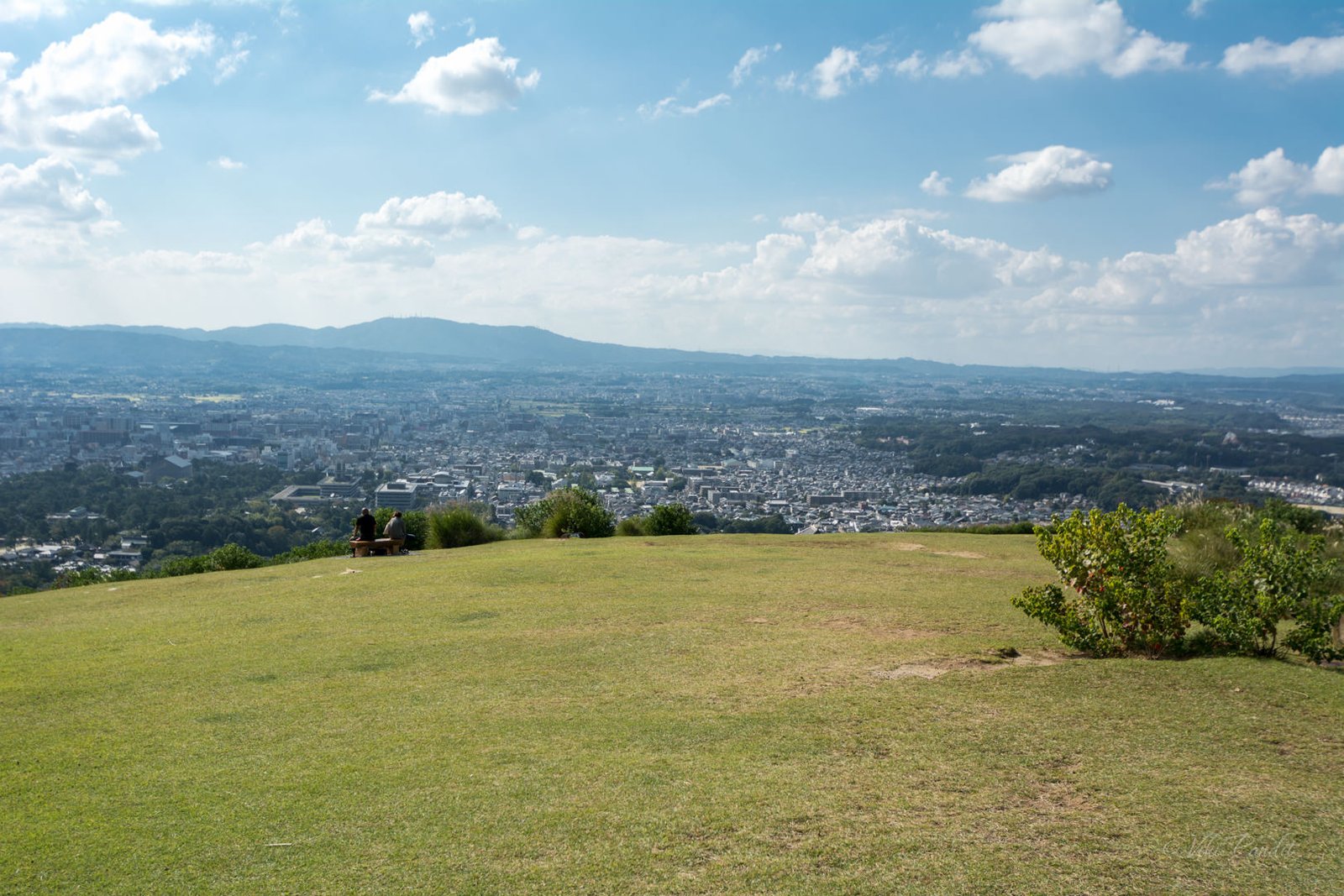

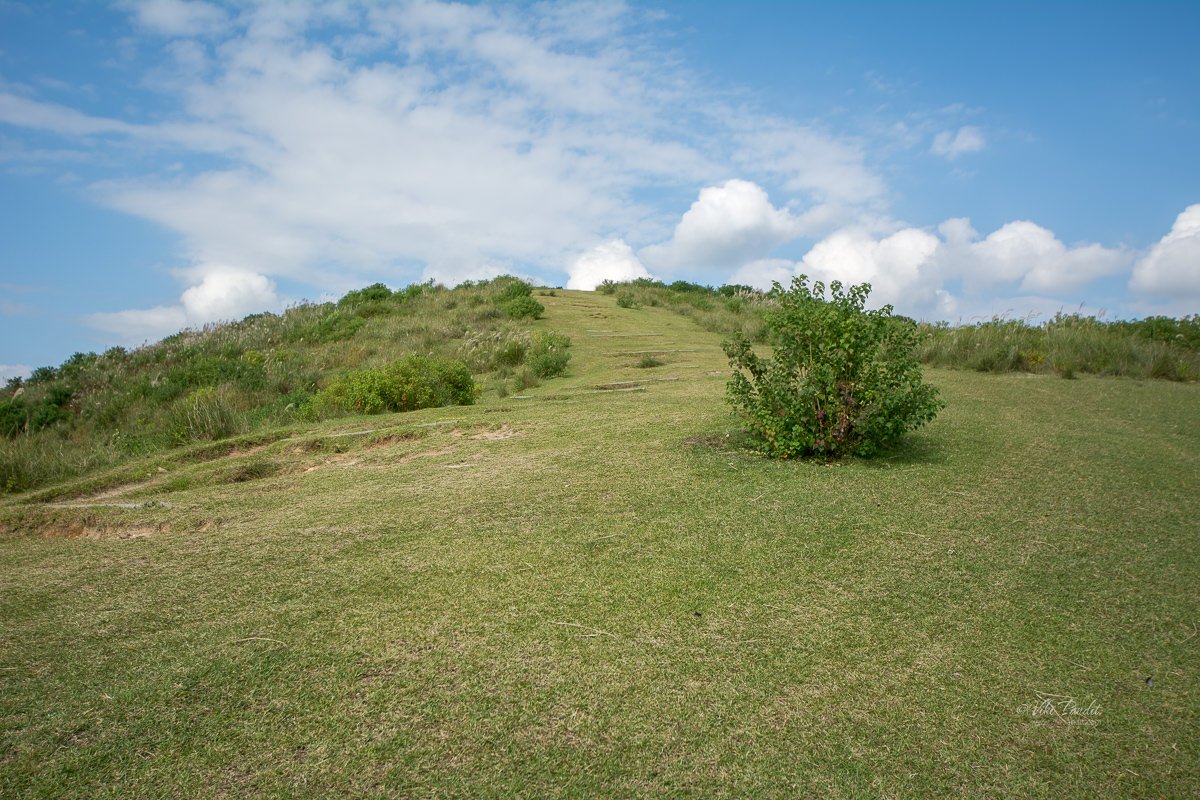

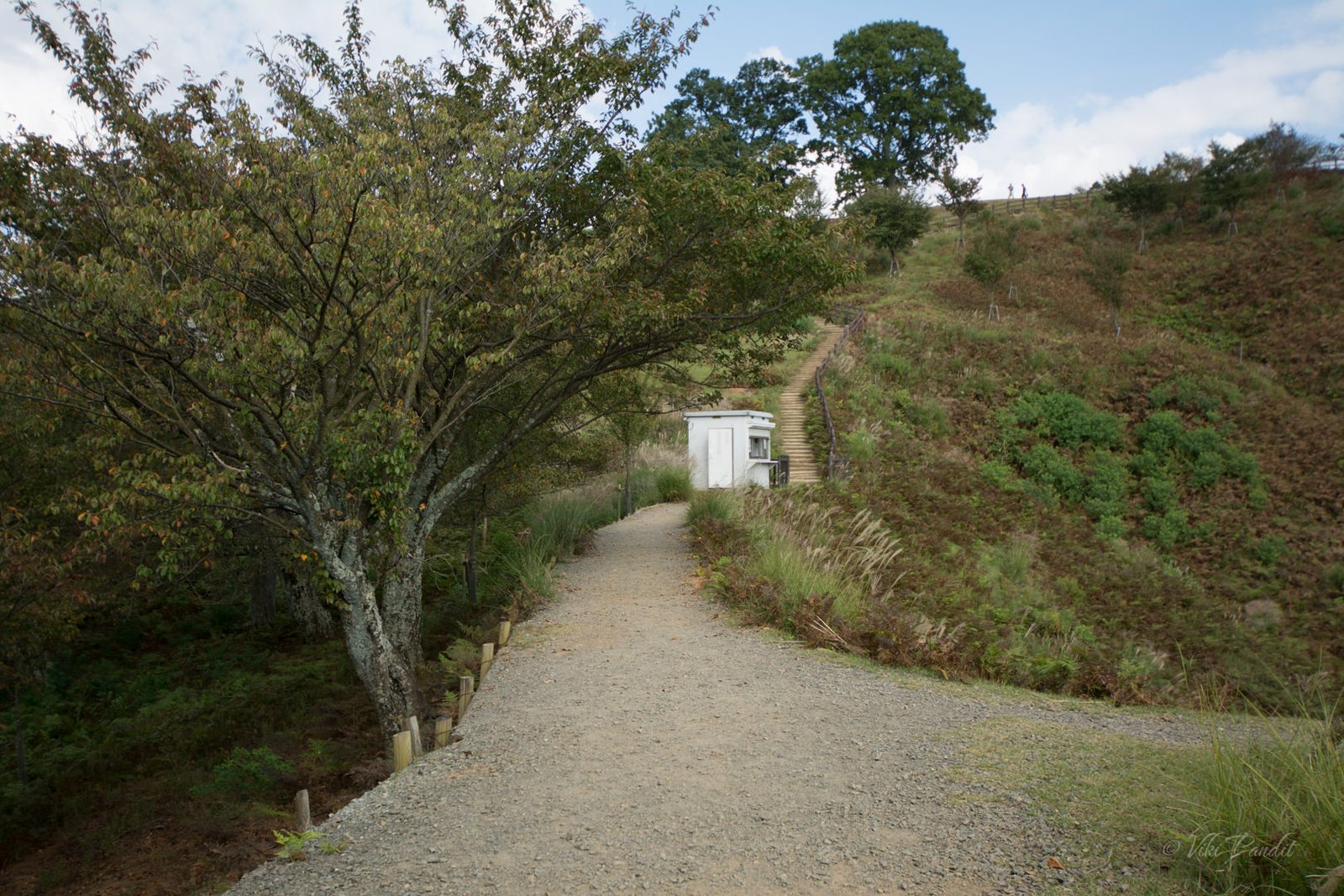



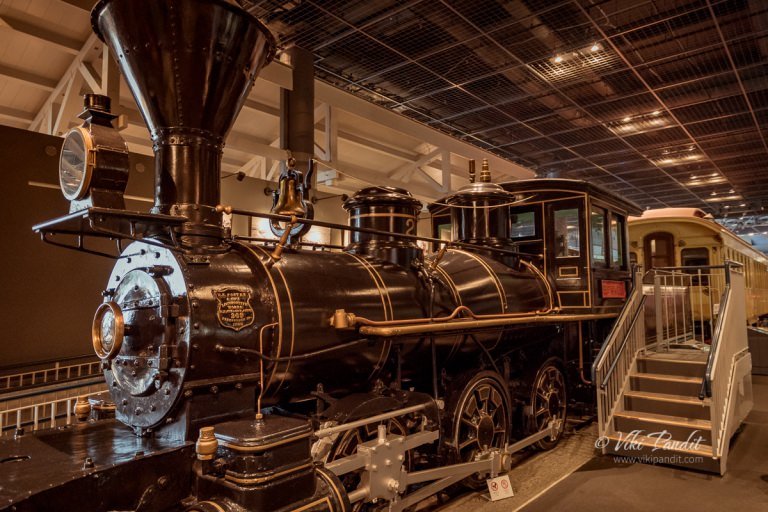
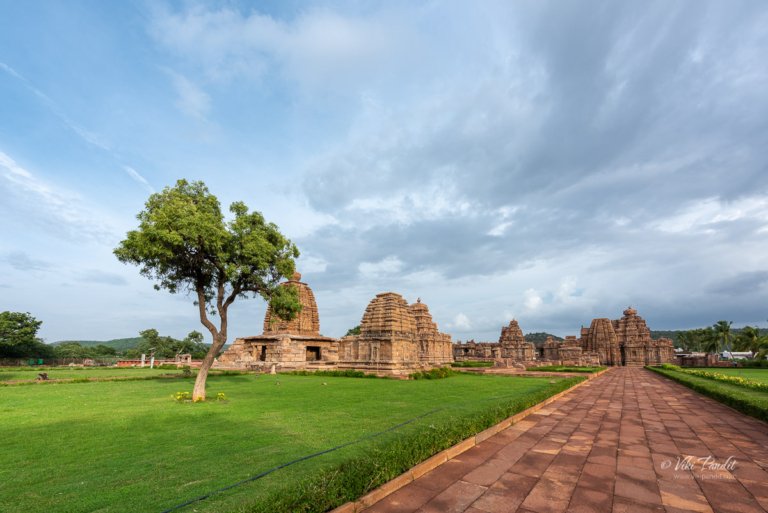
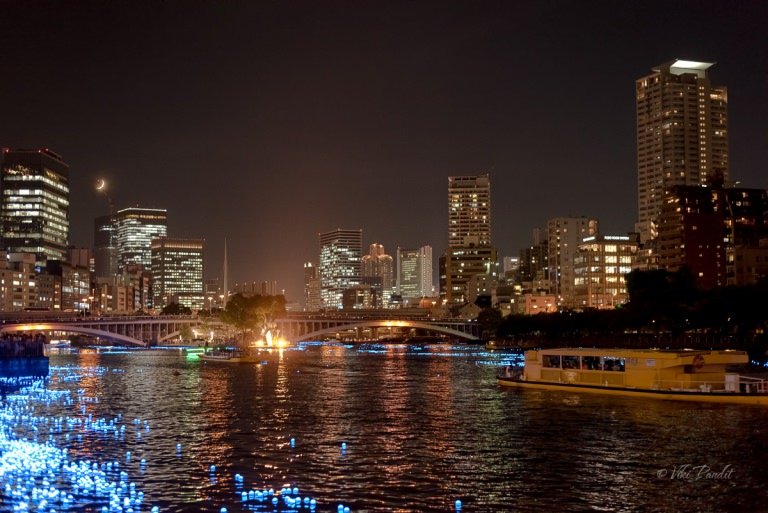
Hi.. thanks for sharing here and i planning to go this November. Can i check with you, is there any toilet along the way up?
Hi Joanne, I don’t remember there being a toilet up at the summit, but there is one near the base. The hike is not very demanding and should not take more than a couple of hours both ways. Have Fun!
Hi Viki
Is it possible to stay up the hill until 7/8pm to check out the night view? Are there lights/ or will it easy to make our way back down…?:)
Hi Neel,
Yes its possible. The entry closes at 4/4.30 depending on the season. Also note the hill is not open throughout the year. It is closed during Yamayaki festival.